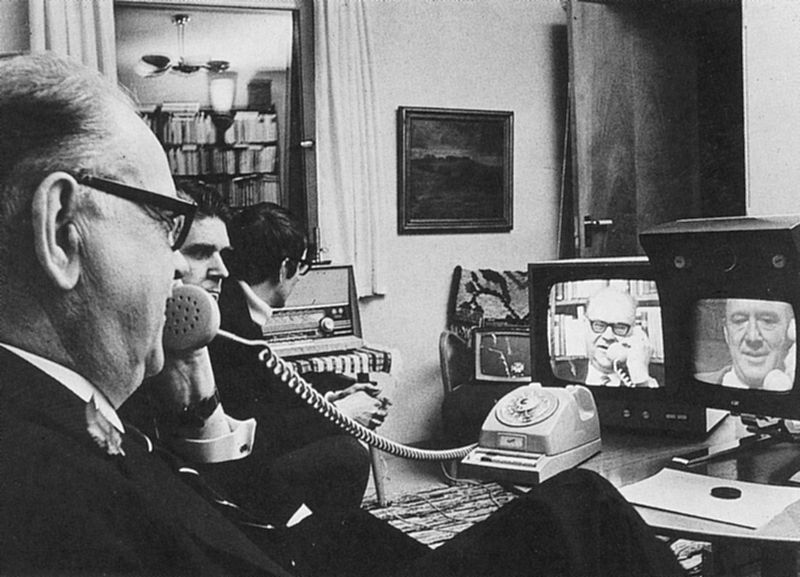At IEEE Spectrum, Dan Siewiorek of Carnegie Mellon imagines the future of smartphones. Timelines are notoriously difficult to predict, but he suggests nothing outlandish. The opening:
“It’s the year 2020 and newlyweds Tom and Sara are expecting their first child. Along with selecting the latest high-tech stroller, picking out a crib, and decorating the nursery, they download the ‘NewBorn’ application suite to their universal communicator; they’re using what we’ll call a SmartPhone 20.0. Before the due date, they take the phone on a tour of the house, letting the phone’s sensors and machine-learning algorithms create light and sound ‘fingerprints’ for each room.
When they settle Tom Jr. down for his first nap at home, they place the SmartPhone 20.0 in his crib. Understanding that the crib is where the baby sleeps, the SmartPhone activates its sudden infant death syndrome (SIDS) application and uses its built-in microphone, accelerometers, and other sensors to monitor little Tommy’s heartbeat and respiration. The “Baby Position” app analyzes the live video stream to ensure that Tommy does not flip over onto his stomach—a position that the medical journals still report contributes to SIDS. Of course, best practices in child rearing seem to change quickly, but Tom and Sara aren’t too worried about that because the NewBorn application suite updates itself with the latest medical findings. To lull Tommy to sleep, the SmartPhone 20.0 plays music, testing out a variety of selections and learning by observation which music is most soothing for this particular infant.
As a toddler, Tommy is very observant and has learned the combination on the gate to the swimming pool area. One day, while his parents have their backs turned, he starts working the lock. His SmartPhone ‘Guardian’ app recognizes what he is doing, sounds an alarm, disables the lock, and plays a video demonstrating what could happen if Tommy fell into the pool with no one else around. Not happy at being thwarted, Tommy throws a tantrum, and the Guardian app, noting his parents’ arrival, briefs them on the situation and suggests a time-out.” (Thanks Browser.)
••••••••••
When function reached its limit, Bell Labs focused on modernizing form. The landline, nearing its last gasp, 1977:
Tags: Dan Siewiorek

